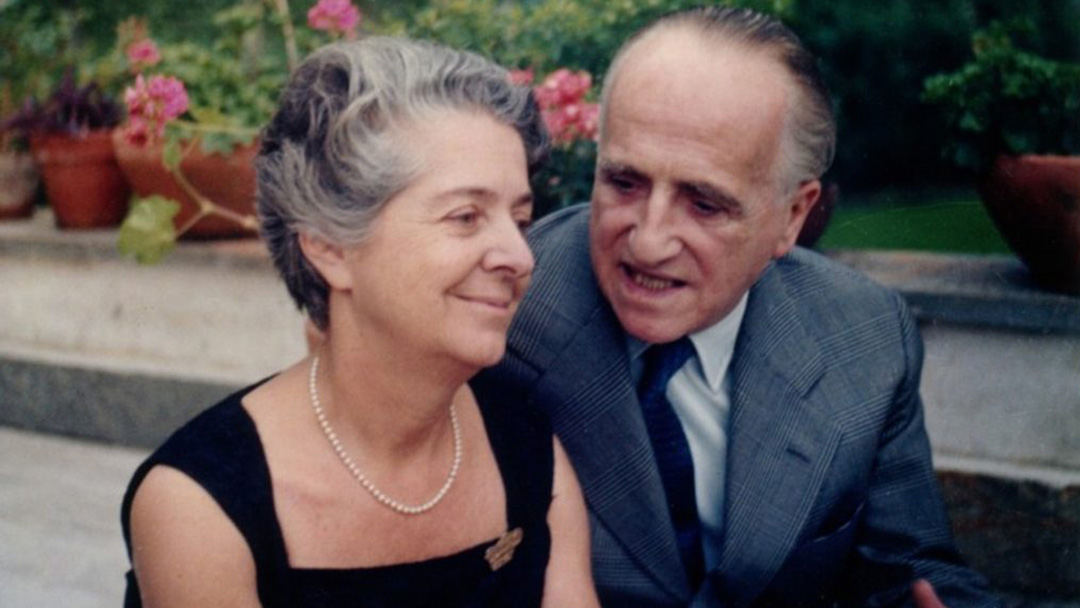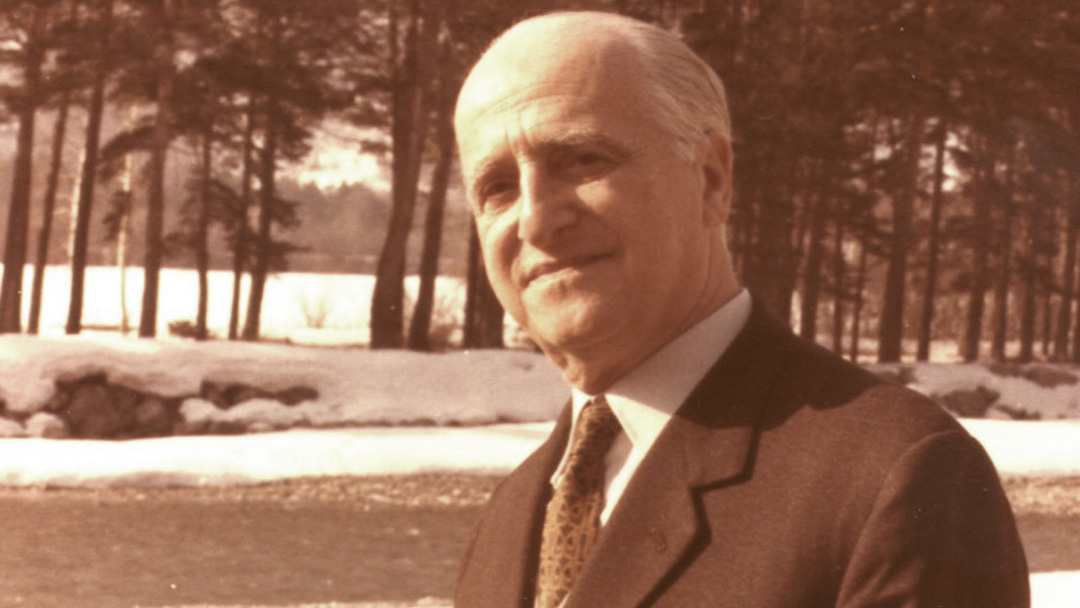Gino Levi-Montalcini
L’architetto ingegnere
Primogenito della famiglia Levi-Montalcini (Milano, 21.04.1902 – Torino, 29.11.1974), fin dalla più tenera età manifesta spiccate capacità artistiche, ma anche matematiche e tecniche.
Laureato giovanissimo in ingegneria e architettura, fin dagli albori della carriera scrive una pagina importante dell’evoluzione dell’architettura a partire dalla fine degli anni ’20. La progettazione, insieme a Giuseppe Pagano, di Palazzo Gualino lo colloca tra i primi e più rappresentativi esponenti del razionalismo italiano. Sempre aperto alla novità, alla cultura internazionale, all’analisi e al confronto, tra gli anni venti e trenta, frequenta la vivace ed eclettica cerchia di intellettuali e di artisti che anima la società torinese.
Dopo la guerra contribuisce, all’interno del Gruppo Giuseppe Pagano, alla discussione sui temi inerenti alla ricostruzione e più in generale sui nuovi orizzonti dell’architettura. Si occupa di urbanistica e di edilizia popolare, di arredamento e di arte funeraria, partecipa a numerosi concorsi nazionali e internazionali e si dedica con passione all’insegnamento presso il Politecnico di Torino e le Università di Palermo e Padova.
Oltre ad arredi testimoni dell’evolversi dei tempi, agli scritti e agli innumerevoli progetti, di lui si conservano numerose sculture, ritratti e caricature. Nel 1969 viene nominato membro dell’Accademia Nazionale di San Luca.
Gino Levi-Montalcini
The architect engineer
The eldest son of the Levi-Montalcini family (Milan, 04.21.1902 – Turin, 11.29.1974), from an early age he showed marked artistic, but also mathematical and technical skills.
A very young graduate in engineering and architecture, from the very beginning of his career he wrote an important page in the evolution of architecture starting from the end of the 1920s. The design, together with Giuseppe Pagano, of Palazzo Gualino places him among the first and most representative exponents of Italian rationalism. Always open to novelty, international culture, analysis and comparison, between the 1920s and 1930s, he frequented the lively and eclectic circle of intellectuals and artists that animated Turin society.
After the war he contributed, within the Giuseppe Pagano Group, to the discussion on issues relating to reconstruction and more generally on the new horizons of architecture. He deals with urban planning and public housing, furniture and funeral art, participates in numerous national and international competitions and is passionately dedicated to teaching at the Turin Polytechnic and the Universities of Palermo and Padua.
In addition to furnishings that bear witness to the evolution of times, his writings and innumerable projects, numerous sculptures, portraits and caricatures of him are preserved. In 1969 he was appointed a member of the National Academy of San Luca.


